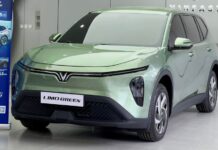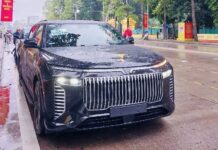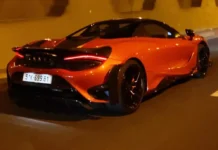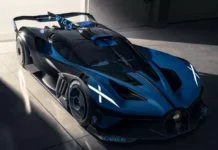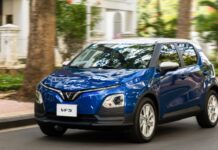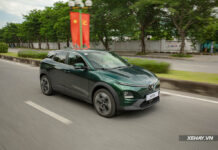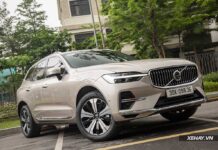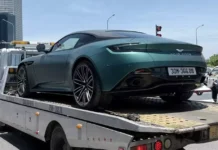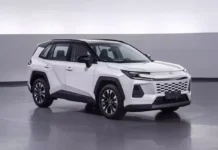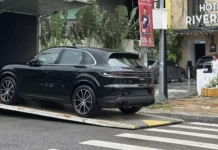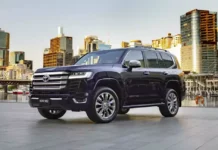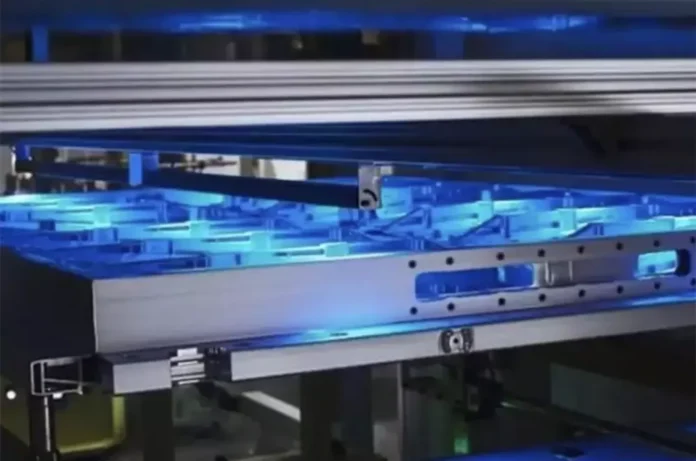Huawei has just made waves in the tech industry with an ambitious patent: solid-state battery technology using a sulfur electrolyte, promising a range of up to 3,000 km and super-fast charging capabilities of just 5 minutes. This move showcases the Chinese tech giant’s determination to lead the global race for solid-state battery technology.
Revolutionary Technology: Twice to Thrice the Energy Density of Lithium-ion Batteries
The patent describes a solid-state battery architecture with an energy density of 400–500 Wh/kg, twice to thrice that of traditional lithium-ion batteries. Notably, Huawei introduces a technique of nitrogen doping into the sulfur electrolyte to enhance electrochemical stability and mitigate side reactions at the lithium interface, a long-standing technical bottleneck hindering the commercialization of sulfur-based solid-state batteries.
Besides targeting higher energy density, Huawei also emphasizes improving battery safety and longevity, which are crucial factors for large-scale market adoption.

Huawei Doesn’t Manufacture Batteries but Is Deeply Involved in the Value Chain
Although Huawei does not directly produce batteries, it is increasing its investments in the supply chain of materials. Earlier in 2025, the company also filed a patent related to the synthesis process of sulfur electrolytes – a material with high ionic conductivity but extremely high costs, even more expensive than gold by weight.
This trend reflects a strong wave of investment by Chinese technology and automotive companies in the field of solid-state batteries, aiming to reduce dependence on traditional battery suppliers such as CATL and BYD. Companies like Xiaomi and Nio, while still relying on external partners, are gradually trying to “regain control” of one of the most expensive components of electric vehicles – accounting for more than 50% of the cost.
Global Concerns About China’s Rapid Development
While the 3,000 km range and 5-minute charging time are still theoretical, Huawei has made a significant impact on the industry. Experts caution that these numbers are achievable only if suitable ultra-fast charging infrastructure is deployed, which is not yet commercially feasible. However, Huawei’s entry into the race has prompted expressions of concern from the media in Japan and South Korea.

While giants like Toyota, Panasonic, and Samsung have invested in solid-state battery research for over a decade – with Toyota introducing a prototype capable of charging in 10 minutes for a range of 1,200 km back in 2023 – China is rapidly catching up. According to public data, Chinese companies now hold 36.7% of global solid-state battery patents, with over 7,600 applications annually.
China’s Battery Industry is Entering the Industrialization Phase
Chinese battery manufacturers are also accelerating their pilot production efforts. CATL aims to start pilot production of solid-state hybrid batteries by 2027. Going High-Tech’s “Jinshi” battery model, with a density of 350 Wh/kg and a volume of 800 Wh/L, has entered small-scale production. Simultaneously, Beijing WeLion has commenced the production of 50Ah solid-state batteries, attaining national certification.
However, significant challenges remain: solid-state electrolytes currently have lower ionic conductivity than liquid ones, and contact surface resistances still limit overall efficiency. More critically, production costs are exorbitantly high, ranging from 8,000 to 10,000 NDT/kWh (approximately 1,100–1,400 USD), presenting a massive barrier to the widespread adoption of this technology.
Huawei’s involvement could act as a catalyst for China to accelerate its efforts to lead in future battery technology. If such breakthroughs can be commercialized, the electric vehicle landscape will witness a paradigm shift, where “range anxiety” and “lengthy charging times” may become things of the past. However, to make this a reality, Huawei and the industry must bridge the gap between laboratory achievements and large-scale manufacturing.
Electric Cars with an Edge: GM’s New Models Get an Exhaust System to Prevent Battery Fires
While Dodge opts for an emotional approach to electric vehicles by mimicking the sound of a combustion engine, General Motors takes a more pragmatic route. They focus on developing an “exhaust system” to enhance safety in the event of a battery malfunction, a practical innovation that showcases their commitment to driver security.


